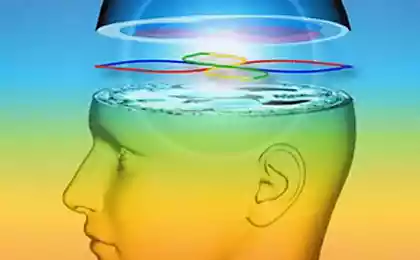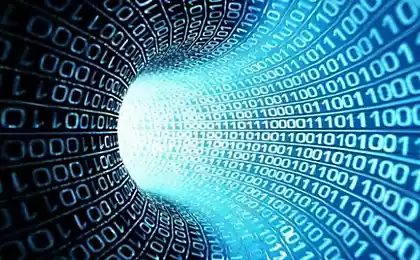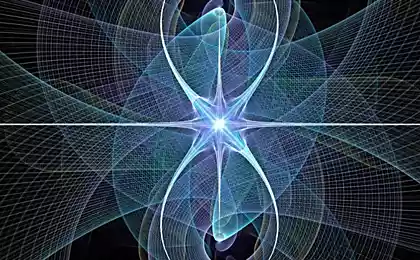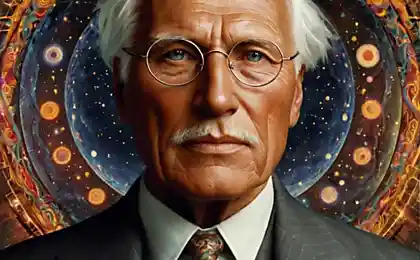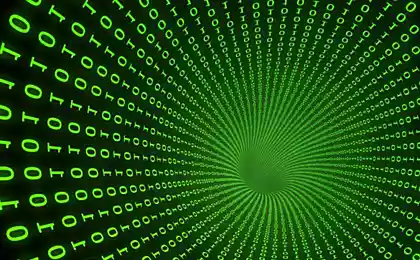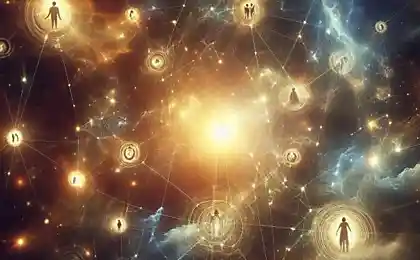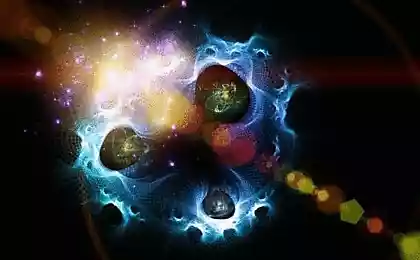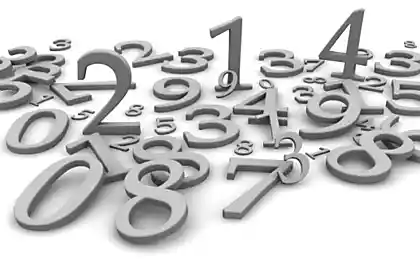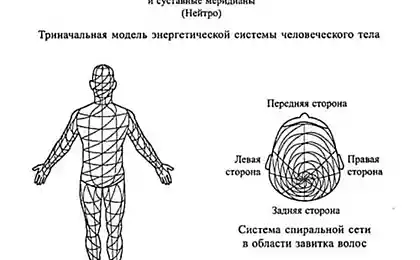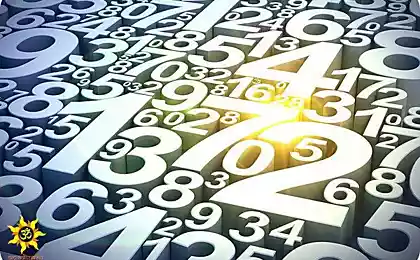173
Jung's Random Nonrandomness: The Synchronicity and Magic of Number 4

Carl Jung once said, “Synchronicity is a meaningful coincidence that cannot be explained by cause and effect.” But what if there is something more to these coincidences: a universal code based on the number four?
Imagine a moment when you think of an old friend and he calls you. Or a situation where you see the same number everywhere: on the clock, in car numbers, in bills for purchases. Most people will call it coincidence, but the Swiss psychologist Carl Jung saw something much deeper in such events - a manifestation of synchronicity, a mysterious connection between the inner world of the psyche and external reality.
Discovery that changed our understanding of reality
The history of synchronicity began in the 1920s, when Jung worked with a patient who told him a dream about a golden scarab. At the very moment when she was describing her vision, a real beetle struck the window of the office - golden cetonia, the closest to scarab insect species in Switzerland. This case was the starting point for a revolutionary theory of significant coincidences.
Three types of Jungian synchronicity:
1. Coincidence of mental state with external event When our thoughts or feelings are reflected in the world
2. Coincidence of a dream or vision with a distant event Foresight of the future or knowledge of events at a distance
3. Coincidence of a dream or vision with a future event prophetic dreams and premonitions
Number four: the architecture of the psyche and the cosmos

Jung found that the number four appears with astonishing regularity in the human psyche and culture. This is not just a mathematical accident – the quartet is a fundamental principle of the organization of consciousness and the material world.
Four Psychological Functions
According to Jung’s analytical psychology, the human psyche is organized around four basic functions: thinking, feeling, sensation, and intuition. Each of them is a special way of perceiving and processing information. The dominance of one function determines the psychological type of personality, but harmonious development requires the integration of all four.
The Four in World Cultures
Surprisingly, the number four has a special significance in almost all cultures of the world. The four seasons, the four cardinal points, the four elements (fire, water, earth, air), the four ages of man. In Chinese philosophy there are four noble truths of Buddhism, in Christianity there are four evangelists, in Islam there are four righteous caliphs.
Modern science confirms Jung’s intuition: DNA consists of four nucleotides, there are four basic interactions in physics, four dimensions of space-time in the theory of relativity.
Synchronicity and quantum physics
Interestingly, modern quantum mechanics provides a scientific basis for understanding synchronicity. The principle of quantum entanglement shows that particles can be connected instantaneously at any distance, violating classical ideas of causality. Perhaps human consciousness is also involved in this quantum network of connections.
Nobel laureate Wolfgang Pauli, a friend and colleague of Jung’s, developed the concept of the “Pauli effect” – the inexplicable influence of consciousness on physical processes. Pauli noticed that his presence in the lab often caused equipment to break down, which he attributed to a special state of mind.

Practical Applications: How to Use Synchronicity
Techniques for the development of synchronistic thinking:
- Maintaining a coincidence diary Write down any significant matches during the month. You’ll be surprised how many things happen when you start paying attention.
- Meditation on the number four Focus on the four aspects of any situation: logical, emotional, physical and intuitive. This will help you see the full picture.
- Four-question technique When making important decisions, ask yourself, What does my mind think? How does my heart feel? What does my body say? What does your intuition tell you? ?
- Working with mandalas Create or contemplate mandalas divided into four sectors. This activates archetypal thinking.
Synchronicity in the Digital Age
In the modern world, synchronicity takes on new forms. Social media algorithms create information bubbles in which we encounter “random” information resonating with our thoughts. But is this true synchronicity or an artificial illusion?
Paradoxically, digital technologies can both enhance and inhibit synchronicity. On the one hand, they create new opportunities for meaningful connections. On the other hand, they can isolate us from spontaneous encounters and unexpected discoveries.
Digital detoxification for synchronicity:
Disconnect from digital devices regularly for certain periods. This allows the psyche to tune in to the more subtle signals of the surrounding world and increases the likelihood of synchronistic events.
The Four as the Key to Personal Growth
Jung saw individuation as a movement toward the integration of the four aspects of the psyche. This is the path from a fragmented consciousness to a harmoniously developed personality capable of perceiving and creating synchronistic connections.
Modern neuroscience confirms that the brain does work in four main modes: focused attention, distracted attention, default mode and creative insight. Balancing these conditions promotes mental health and creativity.
Critics and Advocates: A Scientific View of Synchronicity
Skeptics point out that the human brain tends to find patterns even where there are none, a phenomenon called apophenia. However, proponents of synchronicity argue that the significance of a coincidence is determined not by statistical probability, but by its psychological impact on a person.
Modern research shows that people who are open to synchronistic thinking show higher rates of creativity, emotional intelligence and life satisfaction. It may not be a question of whether synchronicity exists objectively, but of how its perception affects the quality of our lives.
“Synchronicity is not just a coincidence, it is the language the universe speaks to us. The number four is the alphabet of this language, says Jung’s modern followers.
Life as a Symphony of Coincidences
The synchronicity and magic of the number four are not just psychological concepts, but a way of perceiving the world as a single, interconnected system. Whether or not you believe in objective synchronistic connections, developing a sensitivity to patterns and meaningful coincidences can enrich your life, make it more meaningful and creative.
In a world dominated by linear thinking and cause-and-effect relationships, synchronicity offers an alternative way of understanding reality—through the prism of meaning, symbolism, and deep-seated patterns. The number four becomes the guiding star in this journey towards a more holistic view of ourselves and the world.
Glossary
Synchronicity
C.G. Jung’s concept, which describes significant coincidences of events that are not related to cause-and-effect relationships, but have a common meaning for the observer.
Archetype
A universal image or pattern that exists in the collective unconscious and manifests itself in the myths, dreams, and cultural symbols of all peoples.
Individualization
The process of psychological development of the personality, aimed at integrating the conscious and unconscious, achieving integrity and self-realization.
The collective unconscious
A deep layer of the unconscious containing universal psychic structures (archetypes) common to all mankind.
Mandala
A symbolic image, usually round, used in various spiritual traditions for meditation and representing the integrity of the psyche.
apophenia
A psychological phenomenon in which a person tends to find meaningful patterns in random or meaningless information.
Quantum entanglement
A phenomenon in quantum mechanics in which particles remain bound and instantly affect each other regardless of the distance between them.
Tetrad
A group of four elements, seen as a symbol of completeness and wholeness in various philosophical and religious systems.
Why are bonsai roots and honeycombs in the form of hexagons?
What your mind sees first: The psychology of perception
